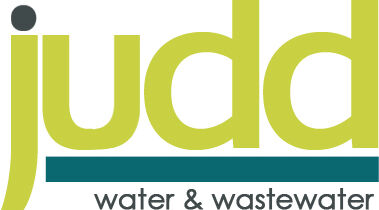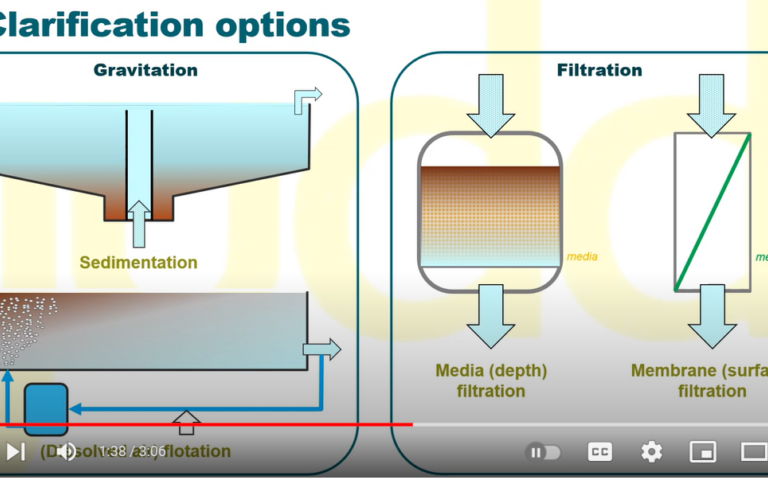MBR membrane module configurations

The three types of module configuration
MBRs are generally grouped into three module configurations:
- flat sheet (FS)
- hollow fibre (HF) and
- multitube or multichannel (MT/MC).
Each of the configurations has tended to be better suited for particular applications, so the choice of configuration is important when considering selecting MBR technology for a particular use.
Flat sheet and hollow fibre membranes are used almost exclusively for immersed MBRs for both industrial and municipal applications. FS membranes are sometimes favoured over the HF configuration for smaller installations on the basis of their operational simplicity.
HF membranes are usually favoured for larger installations on the basis of their lower membrane aeration specific energy demand, i.e. the energy consumption per unit volume of water treated.
The pumped multitube systems, where sludge is pumped under pressure through a series of horizontally-aligned membrane modules, are often favoured for treating small effluent flows from industrial installations on the basis of their robustness and operational flexibility and control. The air-lift multitube system, which is based on a vertically-oriented tubular membrane through which the sludge is air-lifted, competes with FS and HF immersed systems.
A multichannel technology normally comprises a rectangular or square channel in a ceramic 'monolith' membrane, a monolith being a single piece of material formed into an MC module. These modules are employed in the same way as multi-tube membranes.








